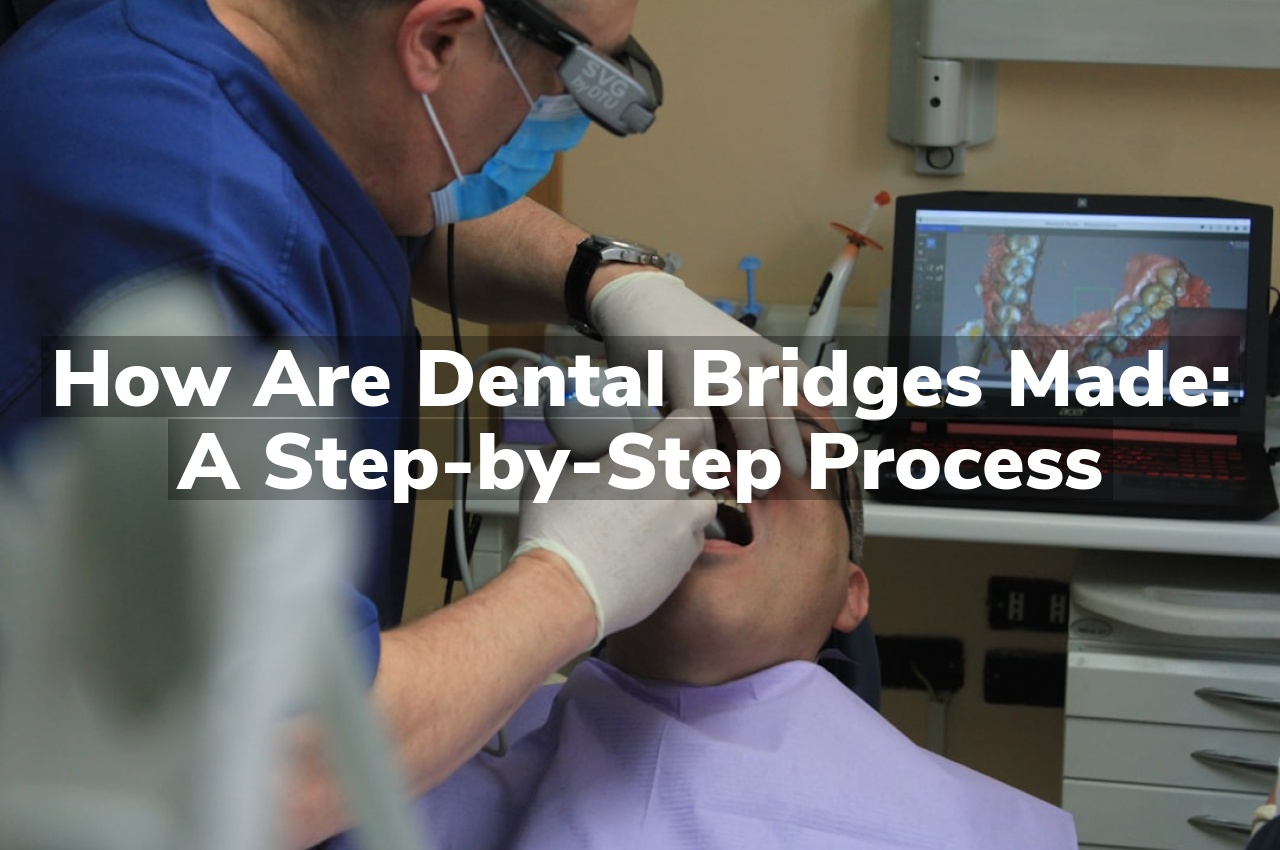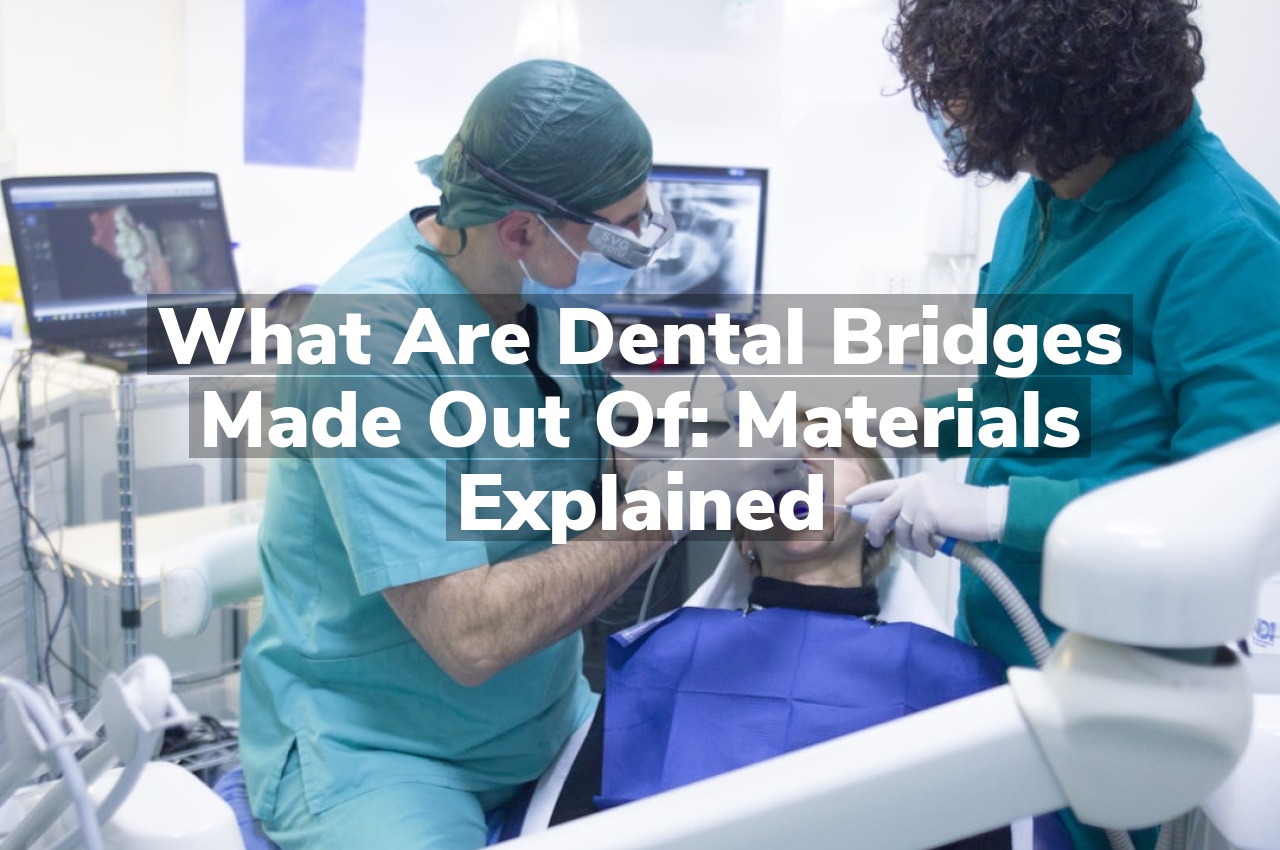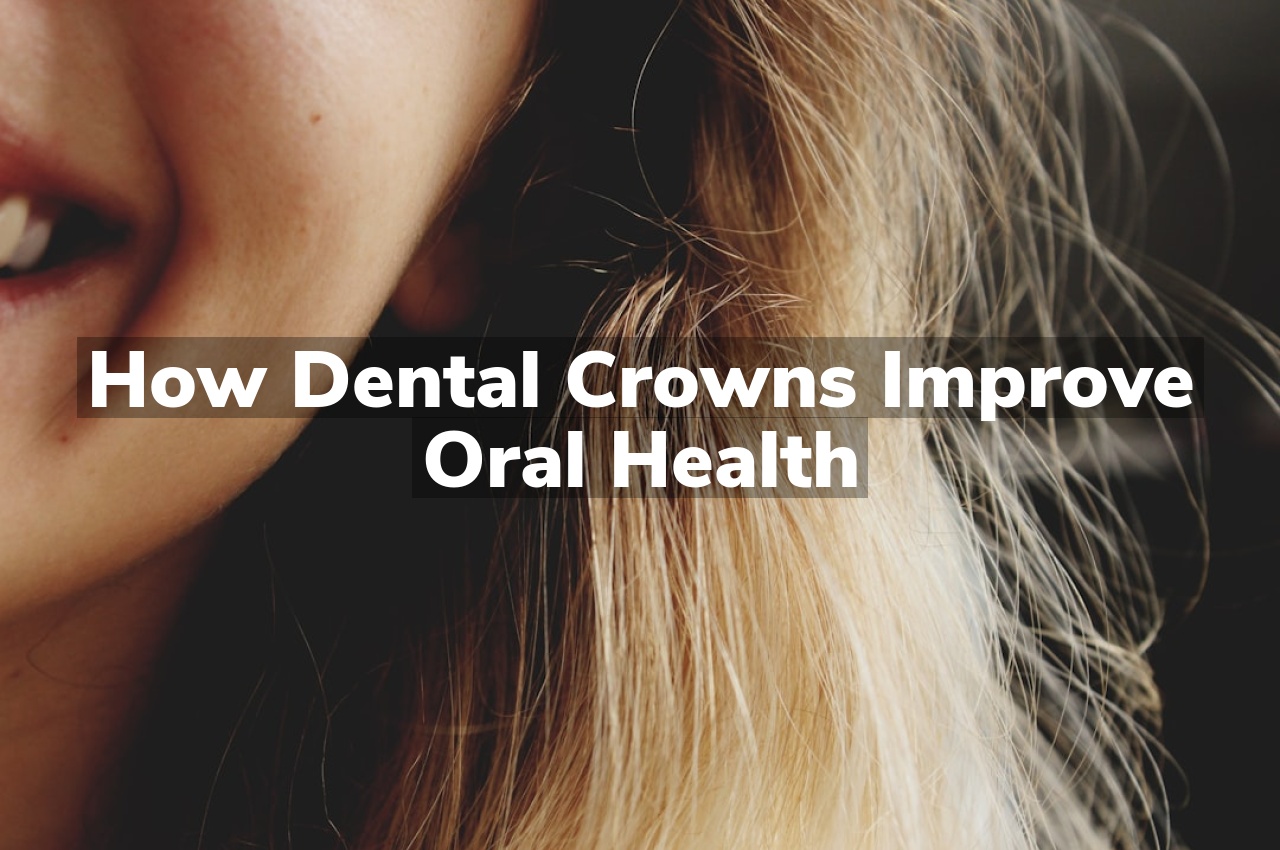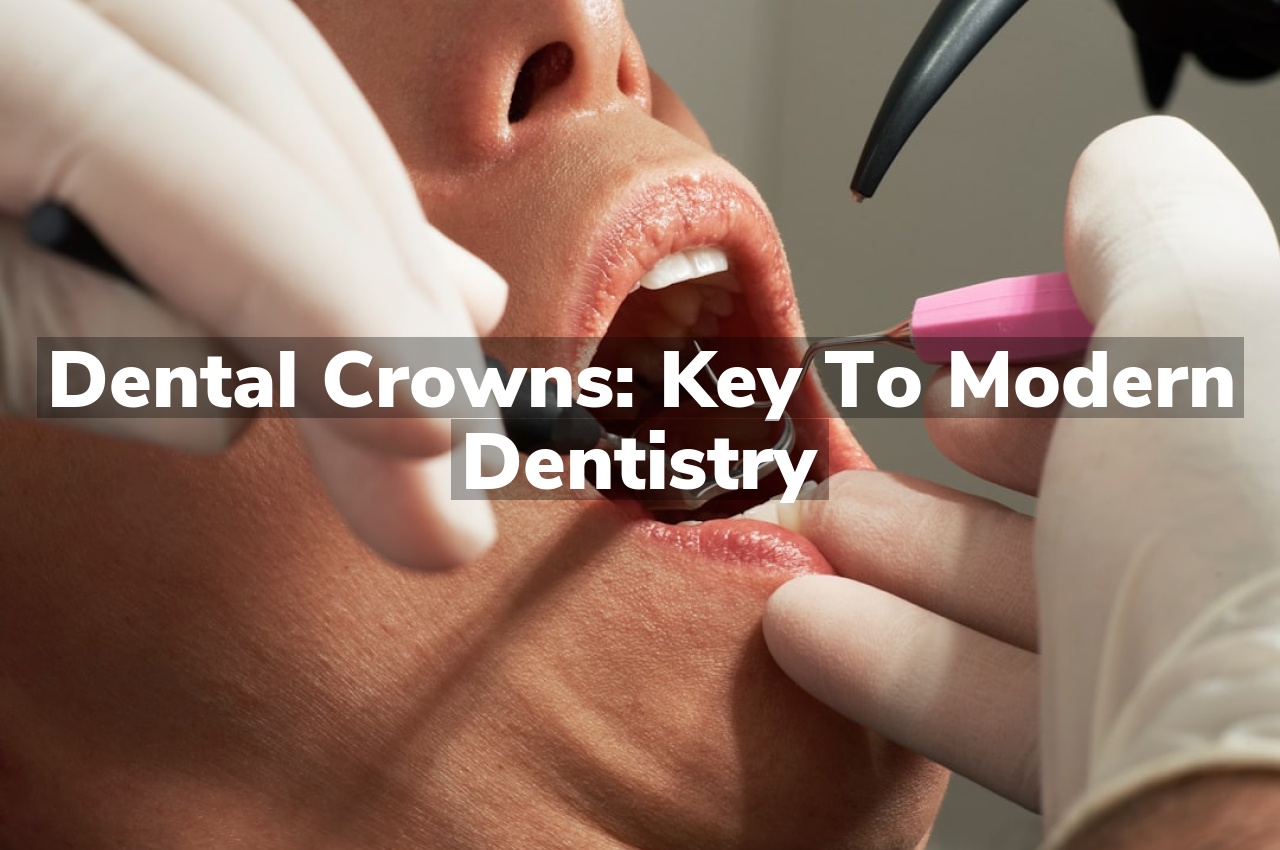Have you ever wondered how dental bridges are crafted to restore smiles? The process involves several meticulous steps, starting with a detailed impression of the patient’s mouth, followed by the careful creation of a bridge in a dental lab that perfectly fits the unique contours of the patient’s teeth and gums. This ensures both functional and aesthetic restoration for missing teeth.
Initial Consultation and Dental Assessment
The journey to creating dental bridges begins with an initial consultation and a thorough dental assessment. During this first step, a dental professional evaluates the overall health of your teeth and gums. This examination helps in determining the suitability of dental bridges for your specific dental needs. It involves checking for any underlying issues that might affect the placement of the bridge, such as gum disease or decay.
Understanding the full scope of the procedure, including financial aspects, is crucial for patients considering dental bridges. For more detailed information on the expenses involved, you might want to read about What Is the Cost of Dental Bridges: Factors and Financing. This initial phase ensures that both patient and dentist have a clear understanding of the treatment plan and expected outcomes.
Tooth Preparation and Impressions
The creation of a dental bridge begins with the tooth preparation phase, where the teeth adjacent to the missing tooth are prepared to support the bridge. This involves reshaping these teeth by removing a portion of enamel to allow room for a crown to be placed over them. This step is crucial as it ensures that the bridge will fit comfortably and function properly alongside natural teeth.
Following the preparation, dental impressions are taken. These impressions are critical as they serve as a detailed mold for the dental bridge and crowns. The accuracy of these impressions directly influences the effectiveness and fit of the final dental bridge. The impressions are typically made using a special dental putty that captures the shape of the prepared teeth along with the surrounding gum and teeth alignment.
For more detailed information, consider visiting the Meridian Dental Bridges Specialists.
Dental Bridge Design Process
The dental bridge design process is a meticulous procedure that begins with a detailed assessment of the patient’s oral structure. Dentists and dental technicians collaborate to create a precise model of the patient’s mouth, which involves taking impressions of the existing teeth and gums. This model serves as the foundation for designing the dental bridge, ensuring it fits comfortably and aligns correctly with the surrounding teeth. The design phase is crucial as it influences the functionality and aesthetic outcome of the dental bridge, aiming to restore the natural look and efficiency of the patient’s bite.
Bridge Fabrication by Dental Technicians
The creation of dental bridges is a meticulous process that involves skilled dental technicians. Once the dentist prepares the teeth and takes an impression, the mold is sent to a dental lab where technicians begin the fabrication phase. Using the impression, technicians craft a model of the patient’s mouth, which helps in designing a bridge that fits perfectly and matches the color of the surrounding teeth. The materials typically used for bridges include porcelain fused to metal or ceramics, chosen for their durability and aesthetic appeal. Each bridge is custom-made to ensure it blends seamlessly with the patient’s natural teeth, enhancing both function and appearance. For those interested in learning more about dental procedures, Alliance Dental Care provides insights and information on various topics, including how bridges are crafted by professionals. Visit this Meridian Dentist for more details.
Final Fitting and Adjustment
The final fitting and adjustment phase is a crucial step in the creation of dental bridges. During this stage, the dentist ensures that the bridge fits comfortably and aligns properly with the adjacent teeth. This process involves checking the bridge for its fit against the natural bite of the patient to ensure there is no discomfort or misalignment. Adjustments may be made to the bridge to achieve the optimal fit, ensuring that it functions well alongside the natural teeth, enhancing both functionality and appearance.
Conclusion
For further inquiries, please call us at 208-646-9461 or read our reviews on Google Maps.









